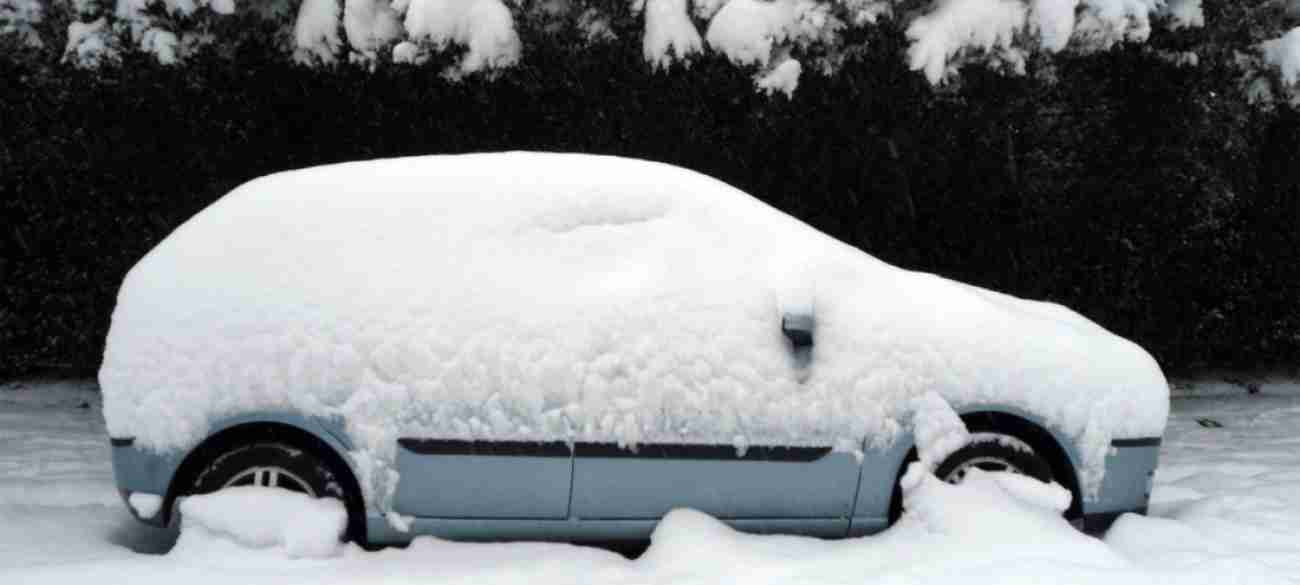As the weather changes, your car's functionality may change too. To ensure that your car maintains its fuel efficiency, performance, and safety, you must take steps to winterize the vehicle.
Most vehicle owners find that the best time to prepare their vehicles for winter is at the start or at the middle of the fall season, before temperatures drop and stay low for months at a time.
In this blog, we list eight important steps in winterizing your car.
1. Change the Oil
Your engine relies on oil to run smoothly. When the weather gets cold, oil can thicken and gum up the works. Your car may need a different type of oil in the winter months to maintain optimal performance. Opt for a high-quality, winter-friendly oil to keep your engine running efficiently.
2. Check the Tire Pressure
At the end of summer or the beginning of fall, make checking your tire pressure a regular part of your maintenance routine. When the weather gets cold, the pressure in your tires can drop, reducing your traction on slick roads. Keep your tires inflated to the manufacturer's recommended pressure to ensure safe driving and precise handling.
3. Consider a Tire Change
If you live in an area with heavy snowfall, consider switching out your current set of tires for snow tires. Snow tires are designed to stay flexible in cold weather. This characteristic ensures that snow tires grip the road more effectively. If you don't want to switch over to snow tires, make sure that you have snow chains that are in good condition and that you know how to use them.
4. Have the Battery Inspected
A cold spell can weaken your battery. If your car battery is three years old or older, take your car in and have the mechanic test the battery strength. If your battery is weak, it could die when the cold weather strikes. Replace the battery to avoid jump-starting in the snow or becoming stranded.
5. Put Together a Winter Kit
In the summer, you may keep water bottles, sunscreen, and a basic emergency in your car. In the winter, you should expand your kit. Include a snow shovel, snow scraper, extra coat, blankets, and tire chains. You may also want to carry extra coolant, antifreeze, and washer fluid. As you expand your kit, take the time to replace any medical or automotive supplies you used up over the summer.
6. Replace the Windshield Wiper Blades
Visibility is particularly essential during the winter. Most windshield wiper blades last about a year. Autumn is a great time to replace your wipers each year since it usually represents a lull between spring and summer rain and winter snow.
7. Schedule a Belt Assessment
Cold makes materials more brittle and, therefore, more likely to break. When you go in for your oil change, have your belts and hoses looked at by a mechanic. Normal wear and tear can turn into a major problem with the help of low temperatures so it's better to handle replacements before the winter.
8. Top Off All Fluids
In addition to your oil change, you'll probably need to switch your fluids over to low-temperature varieties. Check your coolant, antifreeze, and windshield wiper fluid levels in the beginning or middle of fall. Top off each fluid with a version that won't freeze when it gets cold.
Use this list to ensure that your daily commute, holiday travels, and routine errands aren't interrupted when the temperature begins to fall. Consult with a mechanic and read over your owner's manual for specific recommendations for your make and model.

